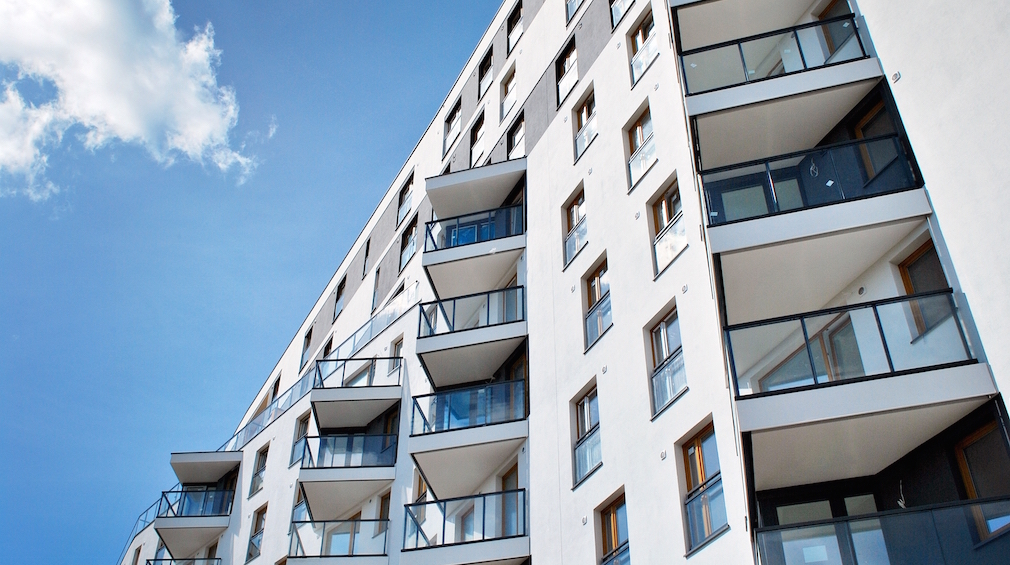The multifamily market is in on hold as far new starts go with the exception of an odd permitting blip registered over the course of March, in which permit numbers spiked by 19%. That aside, researchers are predicting a slowdown in new construction starts as the market is full-up on Class-A product, and construction costs don’t allow for developers to build Class-B product.
Hamilton Zanze Real Estate Investments Chief Operating Officer and Founder Tony Zanze told HousingWire that the multifamily market has been a sellers’ market for about a year and a half now, and it doesn’t look like it will change anytime soon as the economy settles into slow growth and supply tapers off.
LEM Capital Co-founder and Partner Jay Eisner agrees.
“Right now, we’re in a slow growth economy. Nothing’s crazy, but we’re still getting growth,” Eisner told HousingWire in an interview.
“It’s not a straight line up, there will be periods where rents drop off a bit, [vacancy] picks up a little bit, but over the long-term we’re going to continue to see increasing rents and good, strong occupancy,” Eisner added.
So, how does one navigate today’s sellers’ market? Eisner said that LEM Capital is putting it chips into product with subpar management and underutilized space in first ring suburbs, the areas just outside of main urban areas.
“We tend to focus on first ring suburbs as opposed to the newer downtowns because of most of the new supply is in those urban areas…we try to invest in locations where it’s difficult to build,” Eisner said.
“It’s very, very difficult in these suburban locations to get a permit to build new multifamily in these first-ring suburban locations because their roads are jam packed with traffic, their schools are full, all of their municipal services are kind of at max capacity, and the last thing that they want is 300 units and 300 new families on a relatively small plot of land,” he added.
This is the main thrust behind the investor preference for suburban product that has been showing up in research lately. Sweetening the deal a bit more, Eisner predicts that rent growth in the Class-B value-add product is actually going to grow faster than most people expect.
“We believe that the demand is actually higher than what is being projected by the various services and that in the right locations with the right business plan, that rent growth is going to be higher than the average that is being projected,” Eisner said. “I think we’ll consistently see 3% to 5% rent growth in our portfolio.”
For Hamilton Zanze, the strategy is similar. Zanze said his company has been purchasing vintage, suburban 1990s to 2000s properties at around a 5.5 cap, putting them through a value-add program and holding them for seven to 10 years before refinancing.
Though it will end at some point as all good things must, Eisner said these fat years still have legs and that it will take a macroevent similar to the Great Recession to halt the steady growth the multifamily market is experiencing.
Millennials and Baby Boomers, the two largest population groups in the nation, are both showing a strong preference for multifamily living, $1.5 trillion in student debt is keeping young people out of the single-family market and a growing minority population are all contributing to strong demand for the multifamily product. According to Eisner, this will keep the multifamily train rolling for a long time.
“There isn’t one thing [the market is depending on]. Say the government came along and said, ‘OK, no more student debt. It’s all wiped out,’ you still have four or five other major factors, and there are others I’m not thinking of right now, that will continue to drive demand,” he said.
The only real question left is how the market is going to handle the unmet demand in the Class-B realm and affordable housing realm. According to Eisner, these market conditions will create pent up demand for housing.
Vacancy in Class-B product is about as low as it can go, according to a February affordability report from Fannie Mae’s multifamily research division. This can be taken as evidence of sustained demand for more Class-B product. Eisner said there is about a 500,000-unit shortage in all housing, and that the market appears to be on its way to creating a larger shortage. However, until rents go up enough to sustain the cost of construction, no one will build.
This is good news rent growth and investors, but bad news for people looking for affordable homes. Only time will tell how long the market can go before pent-up demand starts causing issues.





